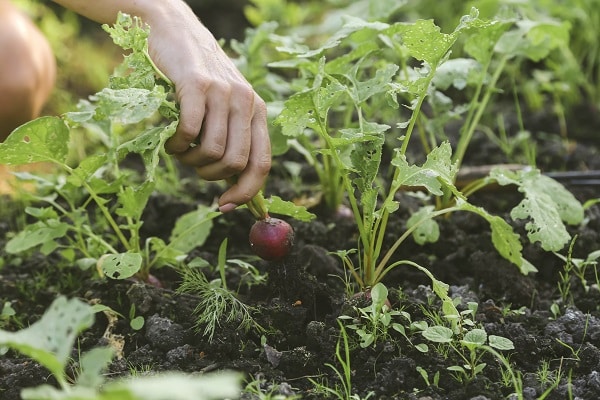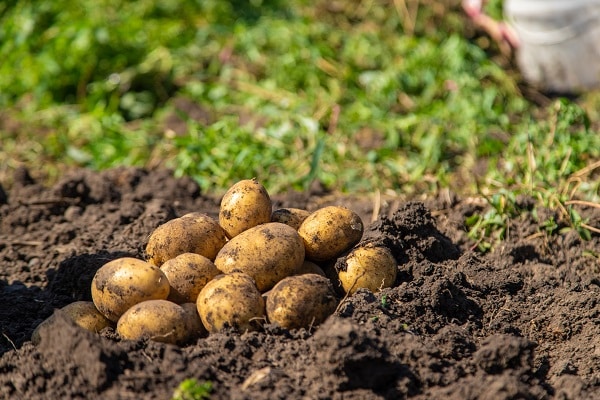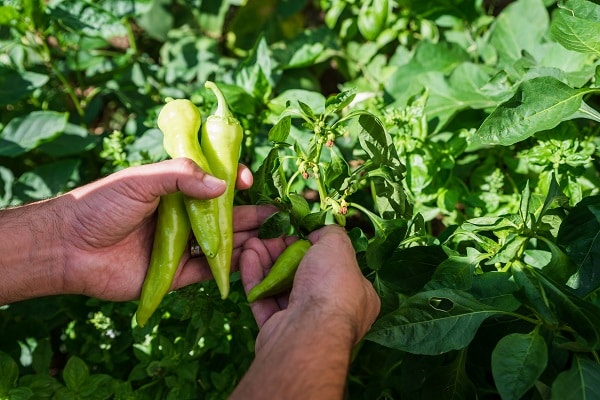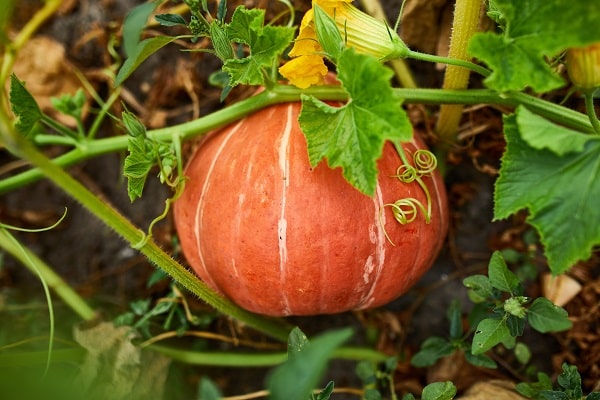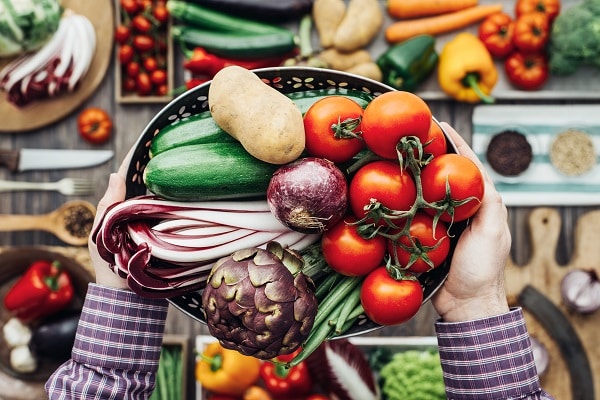Harvesting vegetables at the right time is crucial for any gardener, whether a novice or a seasoned green thumb. Knowing when your produce is ready can be the difference between enjoying a delightful, homegrown meal or dealing with a less-than-satisfactory harvest. Identifying the perfect time to pluck your produce not only guarantees great taste but also the peak nutritional value. This post will guide you on recognizing the signs that your vegetables are ready to harvest and provide some specific tips for different types of veggies.
Contents
The Life Cycle of Vegetables
All vegetables have a unique growing cycle that influences their time to maturity. Knowing these cycles is essential to determine when each type of vegetable is ready for harvesting. For example, radishes have a fast growth rate and can be ready for harvest in just three to four weeks, whereas carrots take about two to three months to mature. Therefore, knowing what to expect from each vegetable can provide a rough estimate of when they might be ready for harvest.
Alongside these specific timelines, it’s also beneficial to understand the general stages of a vegetable’s life cycle. These stages, starting from seeding, germination, growth, flowering, and finally fruiting, provide critical cues. The maturity stage usually corresponds to the fruiting stage, but some vegetables, like leafy greens, are harvested before flowering. Understanding these stages allows gardeners to monitor the progress and take action accordingly, ensuring an optimal harvest.
The Importance Of Timely Harvesting
Harvesting at the right time has a significant impact on the taste and nutritional value of your vegetables. When vegetables are harvested too early, they might lack flavor and may not have had enough time to develop their full range of nutrients. Conversely, vegetables harvested late may become overripe, leading to a loss in taste, texture, and nutritional content. They may also become a host for pests or diseases, leading to wastage.
In addition, timely harvesting promotes the growth of more vegetables. Most plants continue to produce new fruits if the old ones are harvested timely. For example, beans, cucumbers, and zucchinis will cease production if their fruits are left on the plant for too long. Regular harvesting tells the plant to keep producing, which results in a more bountiful yield.
General Signs Of Harvest-Ready Vegetables
Recognizing when a vegetable is ready for harvest isn’t always straightforward, but there are some general signs that apply across various types. One common indicator is the size of the vegetable. Many vegetables are at their peak flavor and texture when they are medium-sized, not too small or overly large. For instance, zucchinis are best when they are about 6 to 8 inches long, and tomatoes are ready when they are full-sized, and their color has turned from green to a deep red or yellow, depending on the variety.
Another significant indicator is the color of the vegetable. The change in color from green to red, yellow, orange, or purple is a common sign that a vegetable is ready for harvesting. For example, bell peppers can be harvested when they are green, but if you wait until they turn red, orange, or yellow, they will have a sweeter flavor. Additionally, the firmness and feel of the vegetable can be an essential harvesting guide. For instance, cucumbers should feel firm but not hard. However, to ensure you are harvesting at the optimal time, the following sections will look at specifics for different types of vegetables.
Root Vegetables
Root vegetables such as potatoes, carrots, and beets have their own set of signs that indicate when they’re ready for harvest. For instance, potatoes are usually ready to harvest when the foliage has died back and yellowed. It’s beneficial to wait a couple of weeks after the foliage has died to allow the skin to thicken up, making them less likely to bruise during harvest.
Carrots, on the other hand, are a bit trickier since they’re below ground, and their size isn’t readily visible. Generally, they’re ready when they’ve grown to their expected size, typically about 1 to 1.5 inches in diameter at the top or crown. You can gently brush away some soil at the top of the carrot to check its size. Similarly, beets can be harvested when they reach about 1.5 to 2 inches in diameter. Understanding these signs helps ensure that you’re harvesting root vegetables when they’re at their peak.
Leafy Greens
Leafy greens like lettuce, spinach, and kale are some of the easiest vegetables to judge for harvest readiness. You can typically harvest these vegetables as soon as they’re big enough to eat. For example, spinach leaves can be picked as soon as they’re a size you would like to eat, often when they’re about 3-4 inches long. Remember, harvesting spinach regularly encourages more growth.
In the case of lettuce, you can start harvesting when the leaves reach your desired size. For a continuous supply, pick leaves from the outside of the plant, allowing the center to continue producing. Alternatively, you can wait for the lettuce to form a full head and then harvest the whole plant. The principle here is, with leafy greens, if it looks good enough to eat, it probably is!
Fruiting Vegetables
Fruiting vegetables such as tomatoes, cucumbers, and peppers, each have unique signs to look for when determining if they’re ready to harvest. Tomatoes are ready when their color has fully developed and come off the vine easily. Cucumbers are best when they are medium-sized, firm to the touch, and have a bright, even color.
Peppers can be a bit more subjective, as they can technically be harvested at any stage of maturity. However, the longer you wait, the sweeter they’ll get. For example, bell peppers are often harvested when they are green, but if left on the plant, they can turn red, yellow, or orange and develop a sweeter flavor. Keeping these indicators in mind will ensure you harvest these fruiting vegetables at peak flavor and nutritional value.
Legumes
Legumes such as beans and peas also have particular signs indicating harvest time. Peas are ready when the pods are plump, and you can feel the individual peas inside. Harvesting too early can result in small, underdeveloped peas while waiting too long can lead to starchy, less sweet peas.
On the other hand, beans are best harvested when they’re medium-sized and firm. They should snap easily when bent. If the beans inside have begun to bulge, they’re likely overripe and may have a tougher texture. Regular harvesting encourages the plant to produce more beans, thus prolonging your harvest season.
Squashes And Pumpkins
Determining when squashes and pumpkins are ready to harvest requires careful observation. For summer squashes like zucchinis and yellow squash, harvesting when they are small to medium-sized (about 6-8 inches) usually yields the best flavor and tender texture. They grow quickly, so frequent checking and harvesting are essential.
Pumpkins and winter squashes, however, are harvested later in the season when their rinds have hardened. A clear sign of maturity is when the stem turns hard and brown and the skin’s color deepens. Additionally, you should not be able to easily pierce the skin with your fingernail. Another telltale sign is when the vines begin to die back and turn brown.
Handling And Storing Harvested Vegetables
After harvesting, proper handling and storage are vital to keep your vegetables fresh and prolong their shelf life. Each vegetable has its optimal storage condition. For instance, root vegetables like potatoes and carrots are best stored in a cool, dark, and well-ventilated place. They should be cleaned of any soil but not washed until you’re ready to use them, as moisture can lead to decay.
Leafy greens, on the other hand, need to be refrigerated. Before refrigeration, they should be washed and dried thoroughly to remove any soil or pests. Storing them in a container or plastic bag with a paper towel can help absorb any excess moisture and keep them fresh longer. For fruiting vegetables like tomatoes and peppers, it’s best to keep them at room temperature away from direct sunlight unless they’re overripe, in which case refrigeration can slow down the ripening process.
Know The Right Time To Harvest Your Vegetables!
Understanding when to harvest your vegetables is a crucial skill for any gardener that significantly impacts the flavor and nutritional content of your produce. From observing the life cycle of vegetables to knowing the specific signs of readiness for each type, you can ensure a bountiful and rewarding harvest. Remember that overripe or underripe vegetables can compromise taste, texture, and nutritional value, so timely harvesting is key. Don’t forget to handle your harvest gently and store them correctly to enjoy the fruits of your labor for as long as possible!

